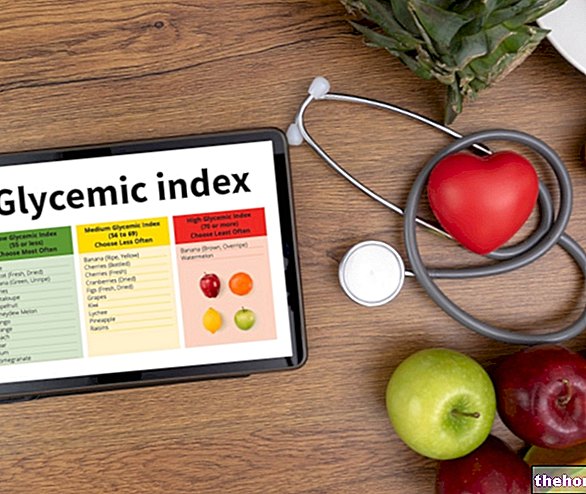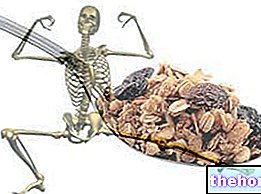BASAL METABOLISM
Represents the amount of energy used by an individual:
at rest, in a neutral thermal state;
fasted for at least 12-14 hours;
awake but in conditions of total psychological and physical relaxation.Basal metabolic rate is expressed as the amount of energy (or work) per unit of time (kcal / min, kcal / day, kj / min, kj / day).
CHANGES IN BASAL METABOLISM WITH AGE (Mitchell, 1962)

Metabolic rate of various organs expressed as a percentage of the basal metabolic rate
Liver
27%
Brain
19%
Heart
7%
Kidneys
10%
Skeletal muscles
18%
Other organs
19%
Some tissues can change their metabolism considerably, while others require a more constant energy supply.
The tissues that modify their metabolism the most are those of storage (liver, adipose tissue) and skeletal muscle (during intense physical exercise the blood flow to the muscles reaches 80% of the total).
The vital tissues (heart and brain) must instead maintain an almost constant metabolic activity over time.
Composition of the organism and energy reserves in a normal weight subject of 70 kg
LIPIDS
Adipose tissue
11-17
15-25
100.000-150.000
PROTEIN
8-12
12-17
32.000-48.000
Carbohydrates
Liver (glycogen)
0.07
<1
280
Muscle (glycogen)
0.2
<1
800
Blood (glucose)
0.02
<1
80
Substrate
Weight kg)
Caloric value (Kcal)
Glucose
0.02
80
Free fatty acids
0.0003
3
triacylglycerol
0.003
30
The total energy immediately available from the plasma is extremely low and sufficient to sustain approximately 80 minutes of basal metabolism (1800 Kcal / day).
CONTINUE: Calculation of basal metabolic rate "




























